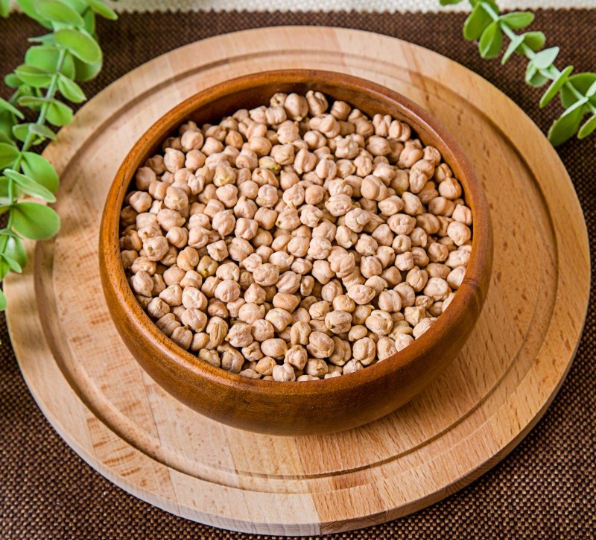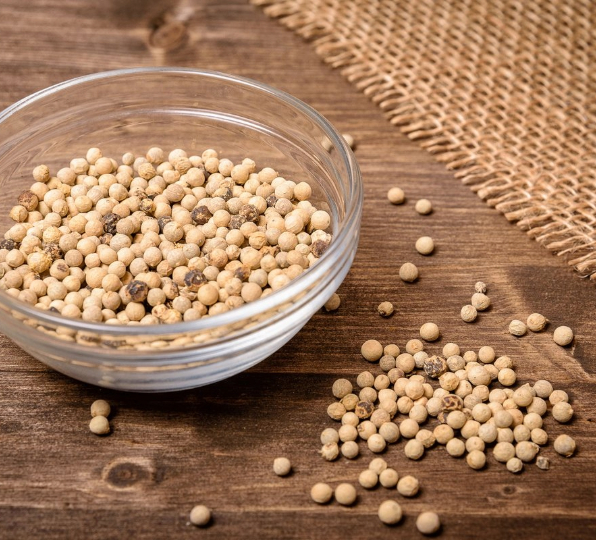Introduction:
Chickpeas, lentils, beans, and peas are members of the diverse family of plants known as legumes, which are renowned for their nutritional value and adaptability. In order to understand the various reasons why these little miracles have become a mainstay in diets all over the world, we will delve into the world of legumes in this exploration, with a particular focus on chickpeas and their extended family.
1. Nutritional Powerhouses:
Because they are high in nutrients, legumes are a great source of fiber, vitamins, minerals, and plant-based protein. Especially rich in fiber and protein, chickpeas are a great addition to vegetarian and vegan diets.
2. Chickpea Varieties:
Garbanzo beans, or chickpeas, are primarily available in two varieties: kabuli and desi. Kabuli chickpeas are larger, lighter in color, and have a milder flavor than Desi chickpeas, which are smaller, darker, and more nutty in flavor. Both types have culinary versatility and nutritional advantages.
3. Versatile Culinary Applications:
Chickpeas are one of the legumes that are known for their culinary versatility. These beans can be added to a variety of dishes to add taste, texture, and nutrition, from traditional hummus and hearty stews to crispy roasted chickpea snacks and creative desserts.
4. Heart Health and Fiber:
Because of their high fiber content, legumes are heart-healthy food choices. By lowering cholesterol, soluble fiber lowers the risk of heart disease. Frequent legume consumption enhances general wellbeing and supports cardiovascular health.
5. Blood Sugar Regulation:
Legumes’ fiber and complex carbs help to maintain stable blood sugar levels. They are therefore a great option for people with diabetes or those who want to have steady energy levels all day.


6. Plant-Based Protein Source:
Chickpeas and other legumes are a great source of plant-based protein. They help maintain and build muscle mass and offer vegetarians and vegans an alternative to animal products in their diets.
7. Weight Management Support:
Legumes’ high protein and high fiber content helps you feel fuller for longer, which helps you regulate your appetite and weight. Legumes can be a useful ingredient in meals for people trying to keep their weight in check.
8. Digestive Health:
Legumes’ high fiber content helps to maintain digestive health by encouraging regular bowel movements and warding off constipation. Additionally, it supports a balanced gut microbiome, which improves digestive health in general.
9. Economic and Sustainable:
Legumes are sustainable for the environment and profitable. Since they are reasonably priced, a wide range of populations can obtain them as a source of protein. Legumes also add nitrogen to the soil, which lessens the need for artificial fertilizers.
10. Culinary Innovation:
Legumes are a source of culinary creativity because of their versatility in cooking styles and cuisines. Legumes feature prominently in cuisines all over the world, from Brazilian feijoada to Indian dal, demonstrating their cultural significance and versatility.
Conclusion:
Legumes in general, including chickpeas, have earned their reputation as nutritional powerhouses that promote both maximum health and culinary pleasure. From fiber-rich lentil soups to protein-rich chickpea curries, these adaptable legumes have become a staple in many different cuisines around the world. Accepting the adaptability and health advantages of legumes enhances meals and promotes a healthy, balanced diet that is good for the environment as well as people.












